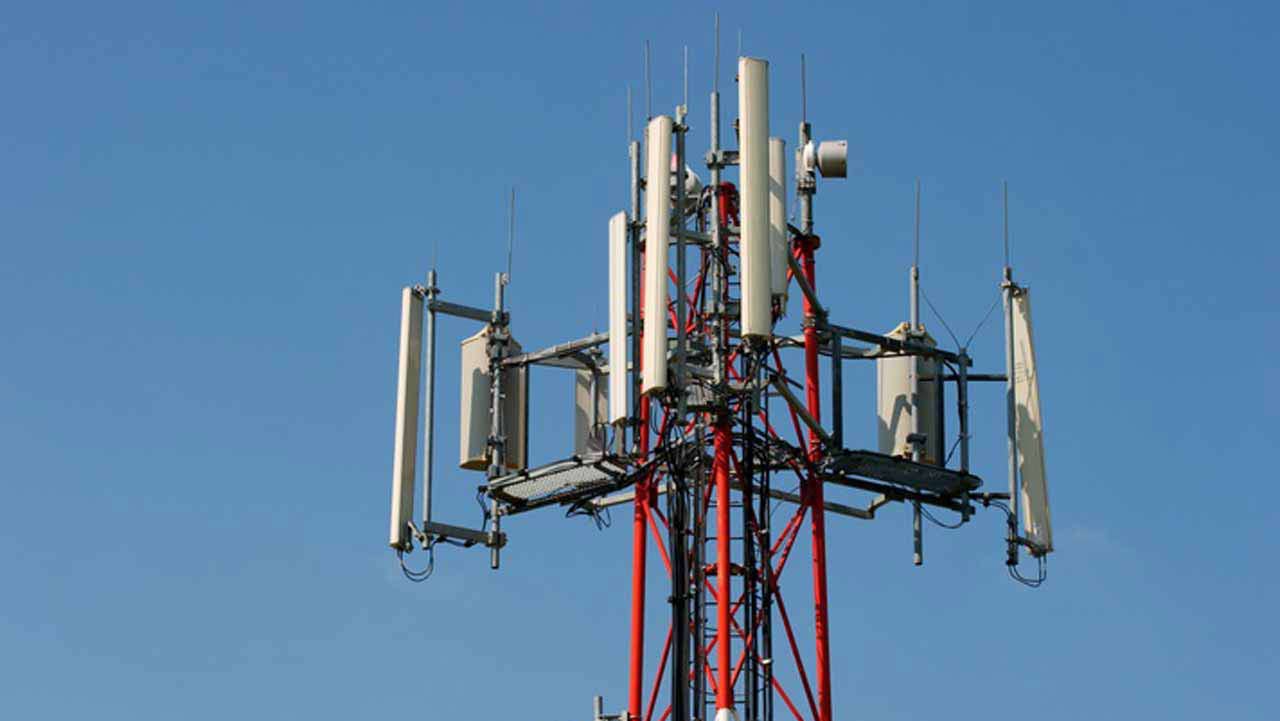“The telecom industry is in an intensive care unit stage.”
These words, often repeated by MTN Nigeria’s CEO, Karl Toriola, capture the gravity of the Nigerian telecoms sector’s challenges. In its nine-month report for 2024, MTN Nigeria—Nigeria’s largest telecom company with a subscriber base of 77 million as of September—reported a ₦514 billion loss after tax; a stark contrast to its ₦14 billion loss during the same period in 2023.
In October, during a meeting at MTN’s Lagos headquarters with MTN Media Innovation fellows, Toriola was forthright about the company’s situation. “We are running the business with our savings,” he shared.
Like many sectors in Nigeria, telecoms grapple with significant losses due to inflation, currency devaluation, and escalating operational costs, including surging energy prices. This situation is particularly concerning given the sector’s vital role in the country’s connectivity and economy. In Q4 2024, telecommunications contributed 16.36% to Nigeria’s GDP, positioning it as the third-largest contributor after crop production and trade.
The question remains: with such pressures, is a tariff increase inevitable to ensure the survival of Nigeria’s telecom industry?
“The tariff needs to go up,” Toriola said. Other sectors—from electricity and transportation to essential goods—have already seen sharp price increases in response to rising costs. However, any telecom tariff adjustment would first require approval from the Nigerian Communications Commission (NCC). Recently, Starlink attempted to raise its subscription fee without regulatory clearance, prompting sanction threats from the NCC, which ultimately led to a suspension of the increase.
Balancing costs and service quality
Earlier in October, the National Association of Telecommunications Subscribers (NATCOMS) proposed a marginal 10% tariff increase to help offset the sector’s burdensome expenses. As of March 2023, powering a base station cost telecom companies an estimated ₦33.47 billion monthly—up from ₦21.57 billion in March 2022, largely due to a 55.16% year-on-year surge in diesel prices.
“When you now look at the quality of service the telecoms companies are rendering these days, it is very poor, and they are also complaining,” said Adeolu Ogunbanjo, NATCOMS’ National President. “Do not forget that they said their operations were getting burdensome because of the rising costs of things, such as petrol, diesel, and other essentials that make the network function appropriately.”
If the NCC does not approve a tariff increase, telecom companies may be forced to cut costs further by reducing power to base stations, particularly in low-revenue areas. Instead of maintaining service in rural areas like Kuru in northern Nigeria, telcos might focus resources on lucrative hubs in Lagos, Abuja, Port Harcourt, and Kano. Such a strategy could have significant repercussions, not only stalling the nation’s internet penetration goals but also impacting financial inclusion efforts.
Financial inclusion is already under pressure, as Nigerian banks owe telecom companies over ₦250 billion. These debts, accrued from bank customers’ use of USSD services, may soon lead to disconnection from the USSD platform if unpaid. The local regulator has attempted to solve the issue at several instances but to no avail.
Beyond debts
Mounting costs go beyond unpaid debts, with telecom operators also contending with frequent fibre cuts, vandalism, and equipment theft that have cost billions of naira.
The toll is evident. In 2023 alone, MTN Nigeria experienced about 6,000 fibre cable cuts. The telco relocated 2,500 kilometres of vulnerable fibre between 2022 and 2023, at a cost exceeding ₦11 billion—enough to build 870 kilometres of new fibre lines in underserved areas. Airtel has similarly reported an average of 1,000 monthly cases of fibre cuts, highlighting the persistence of this challenge.
In response to these threats, the Nigerian government recently designated telecom infrastructure as “Critical National Information Infrastructure.” As Nigeria’s Minister for Communication, Innovation, and Digital Economy, Bosun Tijani, explained, this designation “makes it an offence to wilfully damage assets such as telecommunications towers, switch stations, data centres, satellite infrastructure, submarine and fibre optic cables, transmission equipment, and other critical facilities.”
Tax burdens weigh heavily
Adding to these pressures, the Nigerian government announced plans in October to reintroduce a 12.5% excise duty on telecom companies. However, telcos argue that they are already overburdened by taxes. According to GSMA, Nigeria’s telecom industry faces more than 50 different taxes from various government bodies.
The NATCOMS has previously taken legal action against similar tax measures and warns of a renewed court case if the government proceeds with the excise duty. Ogunbanjo confirmed: “We are going to revive the case in court… We took action against the five per cent excise duty initially and stayed it when it was put on hold. Now, we will return to court.”
In recent years, state authorities, like those in Kogi State, have gone as far as shutting down telecom facilities over tax disputes, further complicating operations for telcos.
“The current practice of imposing heavy sector-specific taxes and charges on telecoms infrastructure; levying huge Right-of-Way charges and decreeing onerous regulations may appear to bring immediate revenues to the coffers of the state. But let us be clear: multiple taxation and regulation of the telecoms industry discourage investment,” Sunday Dare, former Executive Commissioner of Stakeholder Management at NCC, said.
And now…
As Nigeria’s telecom giants face the pressing need to raise tariffs, the decision now rests with regulators. Whether or not a tariff increase is approved, how the industry navigates this turbulent period will not only shape its future but could also define the accessibility and affordability of digital services for millions of Nigerians.
Disclosure: Johnstone Kpilaakaa is a 2024 MTN Media Innovation Fellow
Get passive updates on African tech & startups
View and choose the stories to interact with on our WhatsApp Channel
Explore




